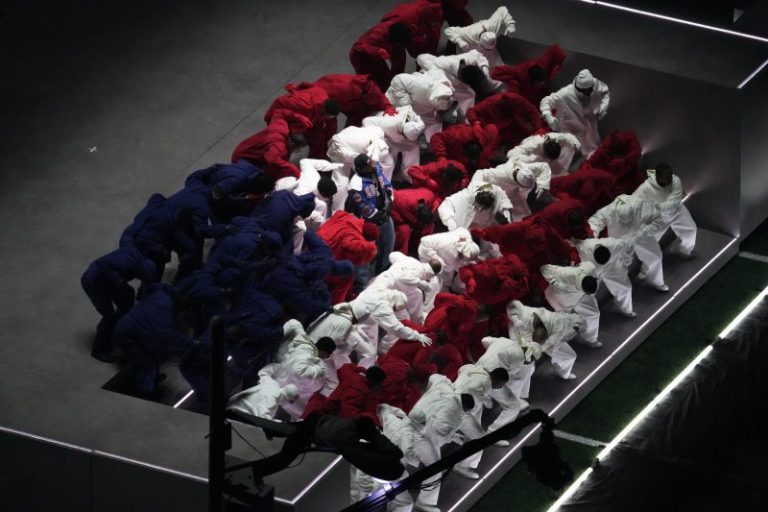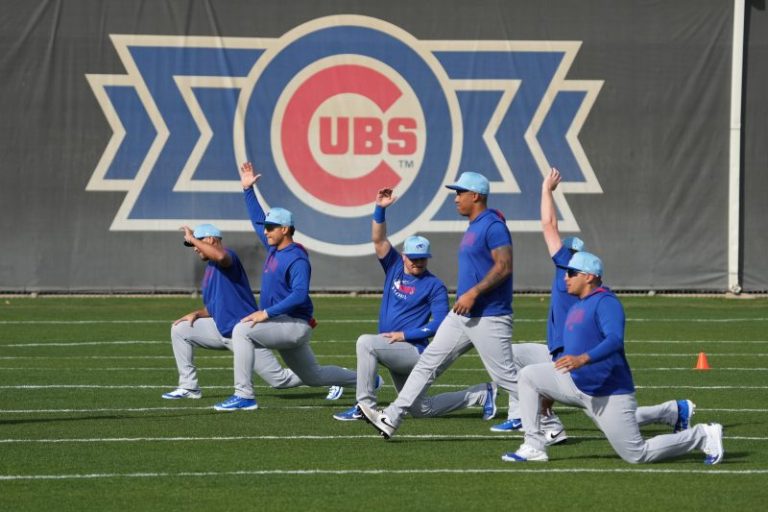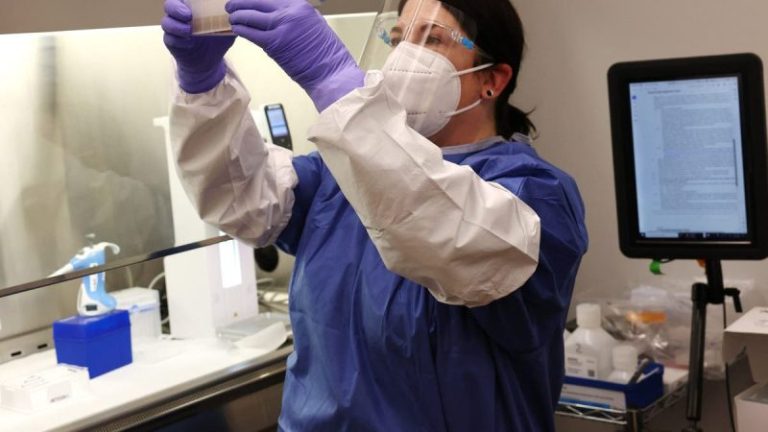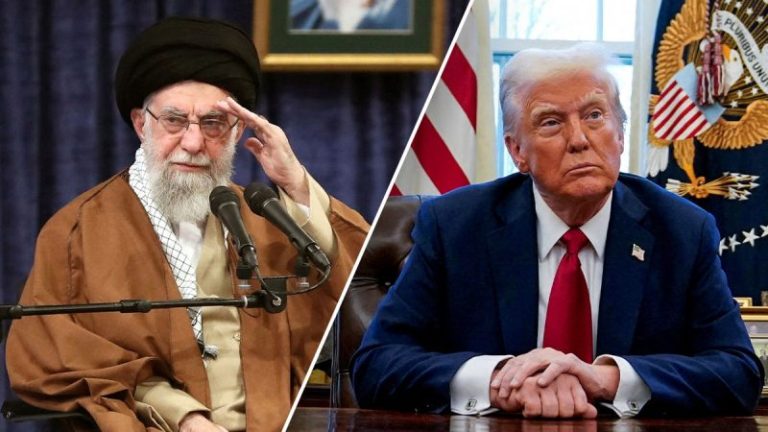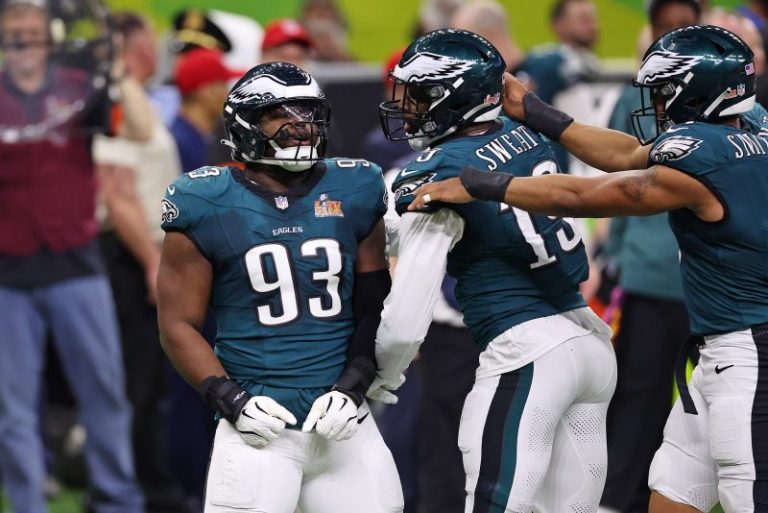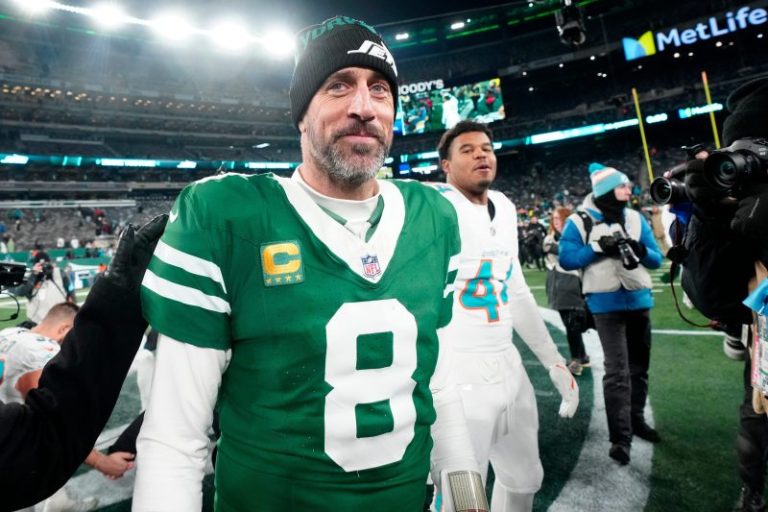NEW ORLEANS – Move over, 2007 New York Giants. There is a new greatest defensive-line performance in Super Bowl history.
Even though that Giants contingent helped defeat Tom Brady and the previously undefeated New England Patriots – with one of the league’s best statistical offenses of all time – in Super Bowl 42, their effort wasn’t as dominant compared to what the Philadelphia Eagles’ front did Sunday in Super Bowl 59 to defeat the Kansas City Chiefs, 40-22.
Their six sacks was one more than the Giants recorded on Feb. 3, 2008. And it was tied for the second most by a team in Super Bowl history; four teams had seven sacks in what were all winning efforts, the most recent being the Los Angeles Rams’ victory over the Cincinnati Bengals three years ago.
How the Eagles rattled Chiefs quarterback Patrick Mahomes was the most impressive part.
They generated a 38.1% pressure rate without blitzing the three-time Super Bowl MVP once on his 42 dropbacks, according to Next Gen Stats. Philadelphia pressured him 16 times, and the six sacks he took were the most in a game in his career. Per TruMedia, it was Mahomes’ second-worst performance by EPA (expected points added) in a game in his career (-19.3).
NFL STATS CENTRAL: The latest NFL scores, schedules, odds, stats and more.
“We all believed in the dream, man,” defensive end Brandon Graham said. “Everybody bought into it.”
Edge rusher Josh Sweat led the way with 2½ sacks, while Milton Williams racked up a pair. Jordan Davis had one, while Jalyx Hunt contributed a half-sack.
“They let me go crazy,” he said. “I don’t think I ever got more than two in a game.”
That’s true. Sweat had sacked the quarterback twice in six regular-season games, and he had 1½ sacks two years ago against the New York Giants in the divisional round. But he had never reached this output.
For Sweat, it was the culmination of a long journey to the game’s biggest stage. Once the top recruit in high school, he suffered a torn ACL his senior year before enrolling at Florida State. The Eagles drafted him in the fourth round of the 2018 draft (130th overall) and he was named to the Pro Bowl for the 2021 season. But a scary internal bleeding situation that required emergency surgery forced him to miss the team’s playoff game that year. He rebounded to have 11½ sacks as part of the team’s 2022 pass rush that constantly kept opposing quarterbacks under duress from all angles. Sweat finished this season with eight sacks.
“Man, to have my biggest game of my career, in the biggest game of the season? I can’t explain. It’s beautiful. It’s amazing. I couldn’t be more happy,” Sweat told USA TODAY Sports.
Because the Eagles kept getting home with four rushers, defensive coordinator Vince Fangio stayed in his traditional Cover 4 quarters scheme for most of the game. Philadelphia played zone coverage on all but two dropbacks, according to Next Gen Stats, and were in Cover 4 for 59.5% of them – the third-highest rate by a defense in a game since 2018.
Fangio is 66 years old, but he can become the Steve Spagnuolo of the NFC – the Kansas City Chiefs defensive coordinator has been credited with plenty of the team’s success during their dynasty – with Philadelphia. He currently has a roster that will continue to be one of the best of the league on that side of the ball, and general manager Howie Roseman will always make sure that’s the case.
“We are just competing with each other out there, I think that is what it is,” Sweat said. “We want to out play each other and that’s what’s setting the bar for each of us. We just want the bragging rights. That’s how we push each other, we want to see who can get it done. The beauty of it is that Vic gives us the call, we don’t question it and it he puts us in the positions to make the plays. I don’t know how he does it, we just run it, and we bring in our technique and we get it done.”
If the pressure didn’t result in a sack, it aided a turnover, as was the case for rookie cornerback Cooper DeJean’s pick-six. Or the time Mahomes felt pressure to his left, was bumped and threw an errant pass over the middle intercepted by linebacker Zack Baun to put the offense back in business at the Kansas City 14-yard line.
“When you win on a four-man rush and you can just cycle guys through, and they are still winning, you don’t have to blitz,” Baun said. “Great game-planning, great communication, we were all on the same page all game.”
Davis said the defensive line knew that if the players collectively did their jobs, everything else would take care of itself.
“Take a look around, we got a lot of dogs out here,” Davis said. “All the things that we’ve been through, people were doubting us.”
As the blowout mounted, Davis said the Eagles played like the score was tied at 0-0. It showed.
“We didn’t give a damn. We didn’t care,” he said. “We just wanted to go out there and keep playing our game.”
Communication, bond and brotherhood were reasons Davis cited as to why the front rushed cohesively against Mahomes.
“Our ability to solve problems,” Davis said. “It all came together. We knew we had a mission on our mind. We had to go out there and execute. And we did that tonight.”
There is something to that fraternal affection that played a role in the pass rush’s explosion.
“Just the love we have for each other, man,” Sweat said. “The way we (are) connected. The way we made sure we didn’t do anything to hurt the guy next to us. We just played together. And then whoever makes the play makes the play. We don’t care.”
Chiefs center Creed Humphrey said the Eagles didn’t show anything they hadn’t seen on tape prior. It came down to them playing harder.
“We knew it was a really good defense, we knew they had a ton of talent everywhere,” Humphrey said.
From the Chiefs’ first third-down attempt of the game, Mahomes was on the run. Edge rusher Nolan Smith Jr. pressured him from the right and Mahomes tried to escape the pocket left. A pair of Eagles were there to pin him back further in his scramble, and the quarterback had to launch himself just to release the ball, which fell incomplete and was nearly intercepted.
“They played great from start to finish. They got after it,” Mahomes said. “Defensive line played really well. The DBs played well to complement them and linebackers as well.”
Mahomes said that he can force defenses to blitz by attacking their zone coverage the right way and that it’s an area of his game in which he needs to keep improving.
“They were gonna make me be a fundamental quarterback from the pocket and take what’s there, and that’s stuff I have to get better at,’ Mahomes said.
Coming back from a torn triceps that would have ended his season had the Eagles not made it to the final game of the year, Graham thought topping the 2017 defense, the last unit that won the Super Bowl for Philadelphia (yet surrendered 33 points to Brady in that game), or the 2022 squad’s defense (which fell in the Super Bowl to Mahomes and the Chiefs) would be difficult.
“This defense, boy, they showed up in a big way,” said Graham. “I’m thankful that everything we worked hard for, everything showed up. Now it’s time to go celebrate.”
In the locker room, Smith crashed Sweat’s scrum and wrapped him in a hug.
Smith yelled: “I love you, Sweat! We love you, Sweat! You the best (expletive) edge rusher in the East! You taught me everything I know!”
When the Eagles go down Broad Street during their championship parade, Smith won’t be the only one yelling that about Sweat – or the other members of the Eagles’ defensive line.
This post appeared first on USA TODAY



